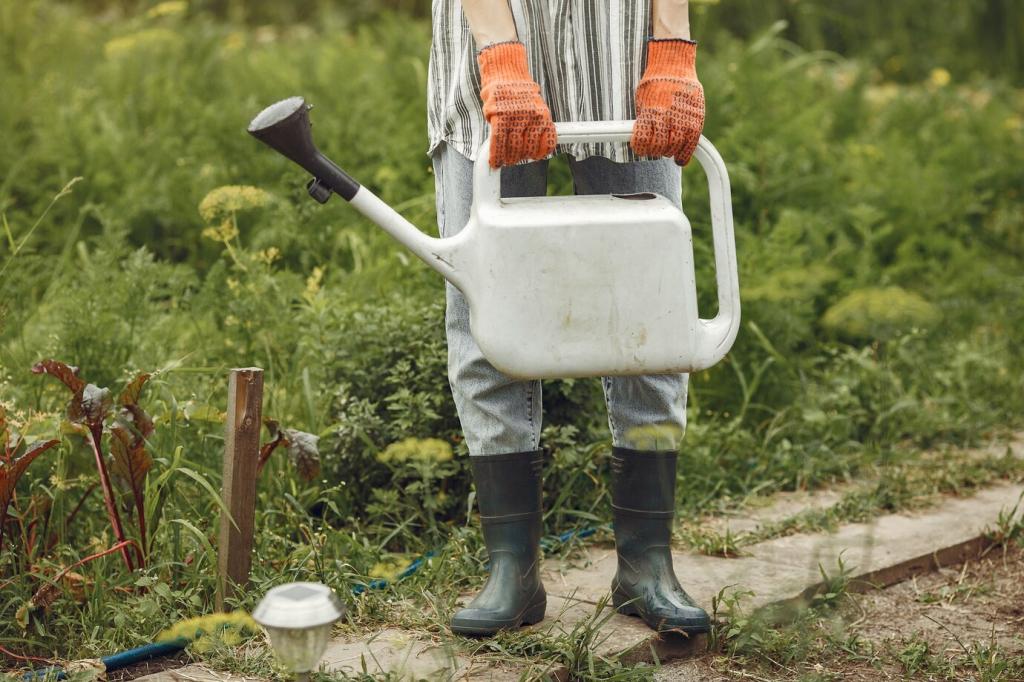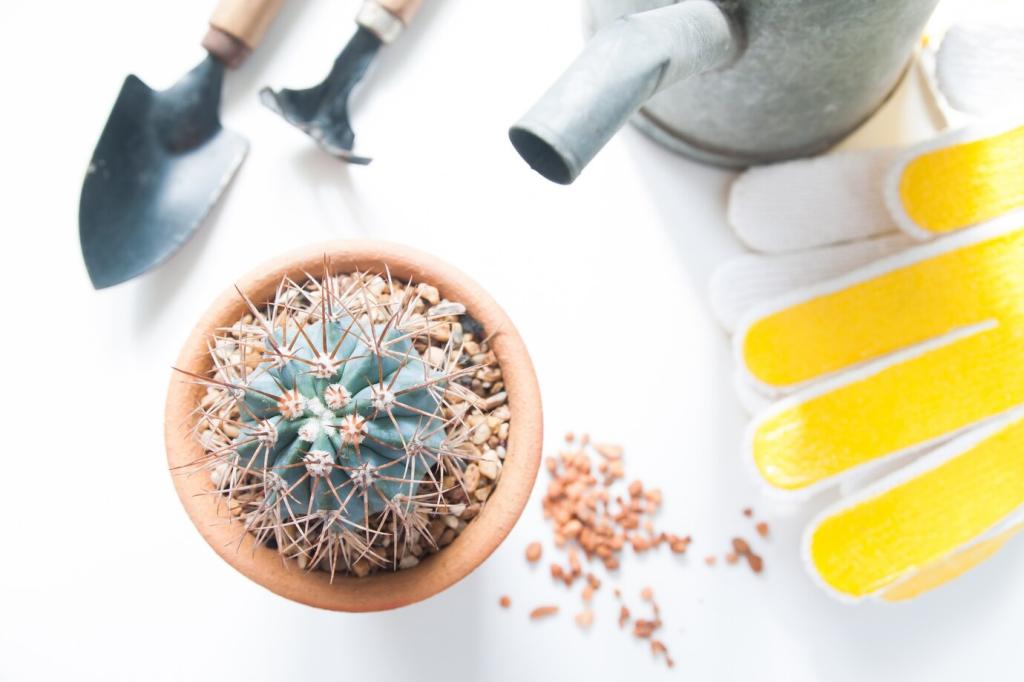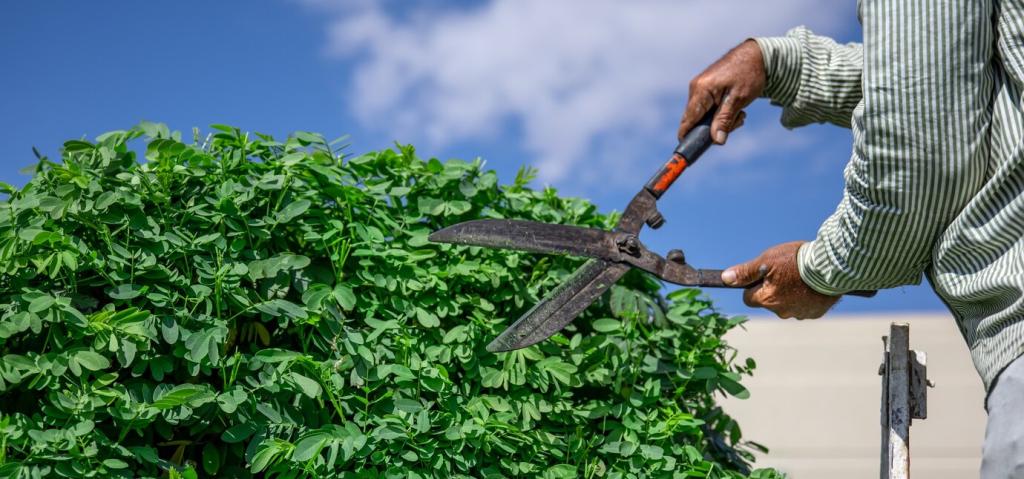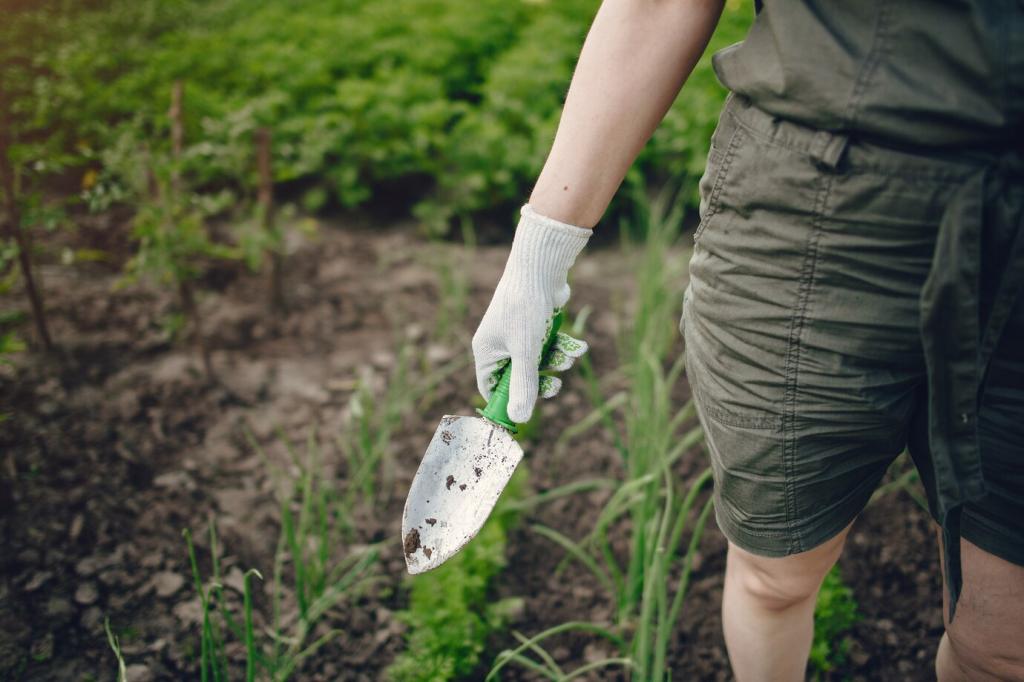Restore Beauty Naturally: Non-Toxic Wooden Furniture Restoration
Why Non-Toxic Restoration Matters
Health and Indoor Air Quality
Traditional strippers and finishes can off-gas for weeks, lingering in living rooms and nurseries. Non-toxic choices reduce harmful vapors, relieve sensitive sinuses, and make your home smell like wood, not chemicals. If cleaner air matters to you, comment with your main motivation today.
Protecting Craftspeople and Families
Restoration is intimate work—your hands, your breathing, your kitchen table. Safer materials mean fewer headaches, gentler cleanup, and confidence when curious kids or pets wander near. Share a moment when a strong odor made you rethink a product, and what you switched to instead.
Sustainability Beyond Buzzwords
Non-toxic restoration is about responsible choices across a piece’s lifespan: biodegradable strippers, renewable oils, and finishes that are easy to repair instead of replace. Tell us your sustainability goal this year—less waste, fewer VOCs, or rescuing one more thrifted treasure from the landfill.


Safe Supplies and Finishes That Actually Work
Pure tung oil and polymerized linseed oil without heavy-metal driers penetrate deeply and harden naturally. Finish with beeswax and carnauba for a soft, touchable sheen. These time-tested options are repairable, subtly aromatic, and kind to skin. Ask for our favorite ratios in the comments.
Safe Supplies and Finishes That Actually Work
Shellac, a natural resin, creates a warm, food-safe film that’s easy to spot-repair. High-quality waterborne finishes with low emissions add clarity without the smell. Always ventilate, even with safer products, and test on scrap. Share your best shellac tip for building a flawless, even glow.
Prep Without Poison: Cleaning, Stripping, and Sanding
Gentle Cleaning Methods
Start with a soft brush and mild castile soap to lift grime. A vinegar and water wipe can cut grease without harsh fumes. Rinse lightly, dry thoroughly, and let the wood rest. Share your go-to cleaning solution and the oldest piece you safely refreshed using it.
Mechanical Stripping Strategies
A sharp card scraper removes old finishes cleanly with zero chemical haze. For stubborn layers, a biodegradable citrus-based stripper and patience do wonders. Work in passes, neutralize residue, and keep rags outdoors to dry. What’s your scraper sharpening routine? Tell us and help a beginner.
Smart Sanding and Dust Control
Use a vacuum-equipped sander and a fitted mask; dust is natural, but lungs prefer clean air. Sand with the grain, finish by hand, and pre-wet to raise fibers before a final pass. Drop a comment if you’ve tried sanding screens and noticed a difference on open-pore woods.
Repair with Integrity: Joints, Cracks, and Color
Loose mortise-and-tenon joints often revive beautifully with hot hide glue and proper clamping cauls. Clean old residue, dry-fit carefully, then glue once. The reversibility protects future repairs. Have a chair that wobbles at dinner? Describe the joint and we’ll suggest a safe approach.
Repair with Integrity: Joints, Cracks, and Color
Make a custom filler by mixing fine sanding dust with shellac or a minimal-odor binder to match species and tone. For larger voids, try wax-based sticks or timber patches cut with the grain. Share your hardest color match and which subtle pigment finally nailed it.

Oil-First, Then Wax
Flood the surface with pure tung or polymerized linseed oil, allow penetration, and wipe thoroughly to avoid tackiness. After curing, buff beeswax and carnauba for sheen and slip. It’s repairable with a quick rub. Ask for our curing checklist and we’ll share it in the next post.
Shellac Secrets for a Safe Sheen
Dewaxed shellac builds fast, sands easily, and glows under gentle light. French polishing with a soft pad and a drop of natural oil creates depth without harsh odors. Practice on scrap, breathe steady, and keep strokes light. Tell us your breakthrough moment learning a proper padding motion.
Curing Time, Patience, and Durability
Even safe finishes need time. Respect cure windows before stacking books, plants, or hot mugs. Use coasters early, ventilate naturally, and celebrate the subtle scent of wood returning. What’s your ideal wait before first use? Share your timeline and why it works for your climate.
Story: The Cedar Chest That Stopped Smelling Like Solvent
The Find
A reader messaged us about a yard-sale cedar chest that looked romantic but reeked of old lacquer and mystery aerosols. She wanted heirloom charm without headaches. With windows open, she began with soap, patience, and a promise to avoid aggressive fumes from start to finish.
The Turning Point
Card scraper curls revealed fragrant cedar beneath the stubborn surface. A citrus-based stripper handled carved details while she listened to rain and kept a window fan running. No buzzing headache, just quiet progress. She documented each step and asked our community about tackling a small veneer repair safely.
The Outcome
Two coats of pure tung oil, a week of curing, and a beeswax buff later, the chest smelled like a forest after rain. No chemical haze, no closed-off room. She donated her leftover harsh products and subscribed for more non-toxic tips. Share your rescue story and inspire someone today.



